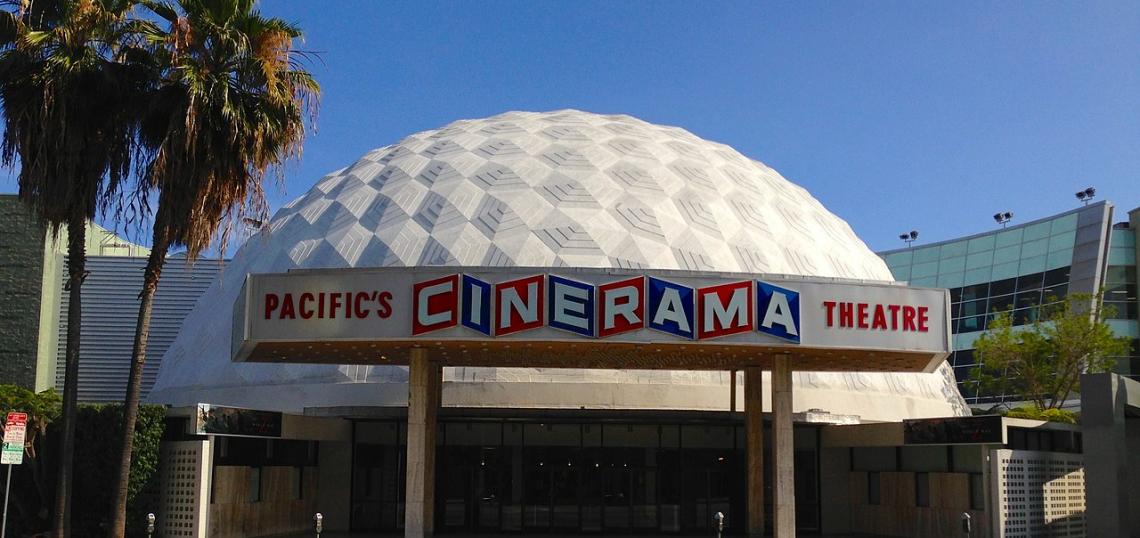News and bits
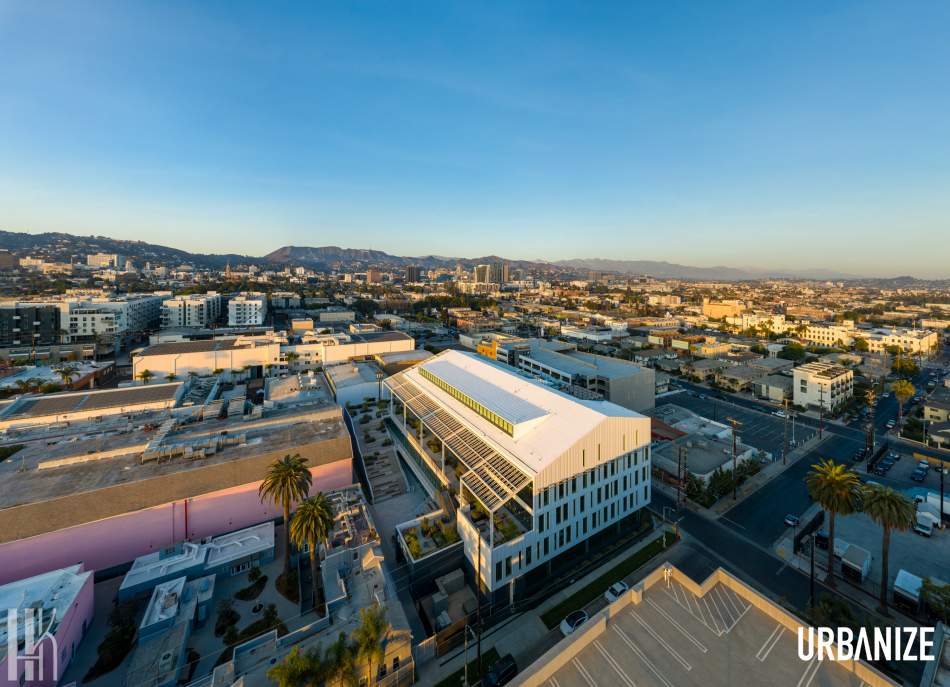 The Harlow at Sunset Las Palmas StudiosHunter Kerhart Architectural Photography
The Harlow at Sunset Las Palmas StudiosHunter Kerhart Architectural Photography
Los Angeles-based post-production firm Company 3 has leased more than 70,000 square feet of space at The Harlow, a new office building that recently opened at Hollywood's Sunset Las Palmas Studios.
The 11-year deal with developer Hudson Pacific Properties constitutes more than 50 percent of the space at the five-story, 130,000-square-foot building, reports the L.A. Business Journal.
Things to read from the past week
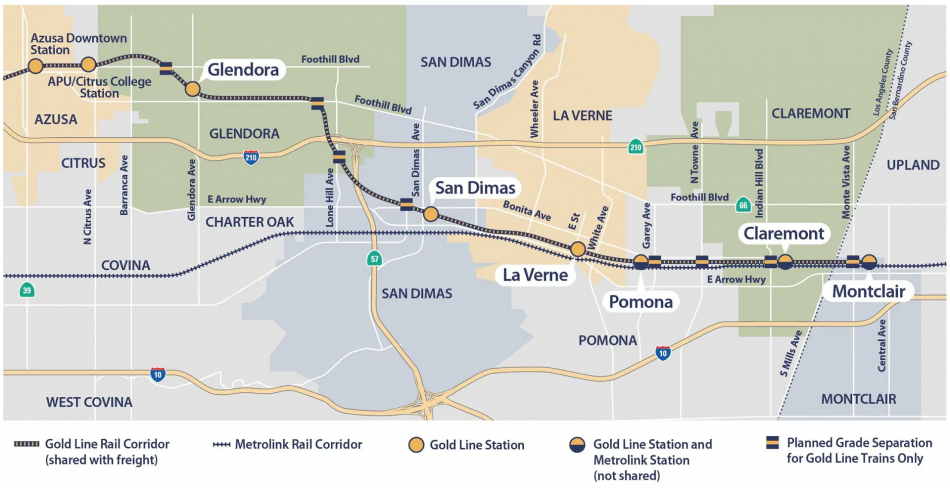 Map of the Foothill Gold Line ExtensionMetro
Map of the Foothill Gold Line ExtensionMetro
Could light-rail to Montclair find a spot in Biden’s infrastructure plan? "The L Line from L.A.’s Union Station to Pasadena opened July 26, 2003. An extension to East Los Angeles followed in November 2009, then the line was built to the Azusa/Glendora border, opening March 5, 2016. A 12.3-mile extension project to Claremont, then crossing the Los Angeles County border into Montclair in San Bernardino County, was inked in October 2019 but the price tag soared more than a half-billion dollars over budget, forcing the project to end in Pomona. Work is currently underway on the 9-mile, $2.1-billion extension from Azusa to Pomona....A two-year window was offered by the contractors to finish the project — a 3.3-mile jaunt from Pomona to Claremont and Montclair — that expires in September. Most likely that deadline will be missed, meaning the next phase would be contracted separately, should funds become available." (San Gabriel Valley Tribune)
L.A. near settlement to create shelters and clear homeless people off the streets "Late last month, the City Council deliberated more than four hours in closed session on a deal that would have it create enough shelter over the next five years for 60% of the homeless people in each council district, according to multiple sources familiar with the matter and documents obtained by The Times. It also calls for the 'decompression' of skid row by 33%, by attracting people to other parts of the city, to rectify the city’s past policy of containing homelessness downtown." (LA Times)
Thousands of Angelenos will have fewer affordable housing options as ‘covenants’ will expire "According to a new report from the nonpartisan nonprofit California Housing Partnership, more than 10,000 homes in LA County are likely to lose their affordability restrictions in the next decade. That represents about one-third of the county’s entire affordable housing stock. Within LA city limits, nearly 3,700 units are scheduled to lose affordability restrictions between this year and the end of 2023, according to the city’s Housing and Community Investment Department." (KCRW)
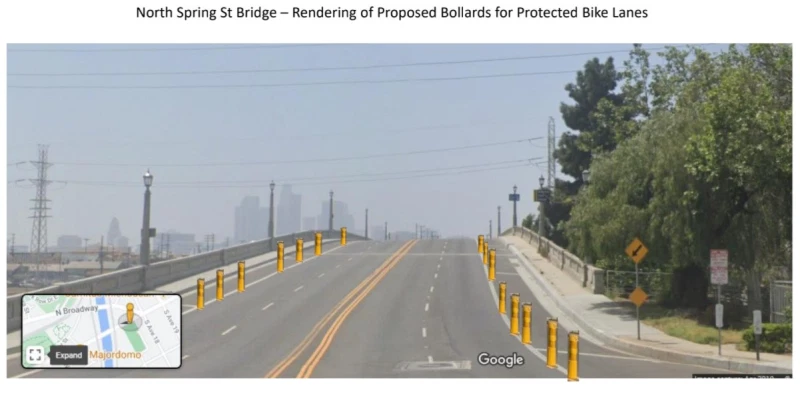 L.A. City Bureau of Engineering
L.A. City Bureau of Engineering
Delayed Bike Lanes Coming Soon to Widened North Spring Street Bridge "Once LADOT completes bike lanes on Avenue 19 (announced by LADOT to be completed in Fiscal Year 2019-20, after having been omitted from an earlier BOE Arroyo Seco bridge construction project), there will be a 1.8-mile bikeway connection (mostly on-street bike lanes) all the way from the Chinatown L Line Station to the L.A. River walk/bike path terminus at Avenue 19 and San Fernando Road in Cypress Park." (Streetsblog LA)
Arclight Cinema And Pacific Theaters Won't Reopen Post-Pandemic Anyone want to run the Cinerama Dome? Because it's available. (LAist)
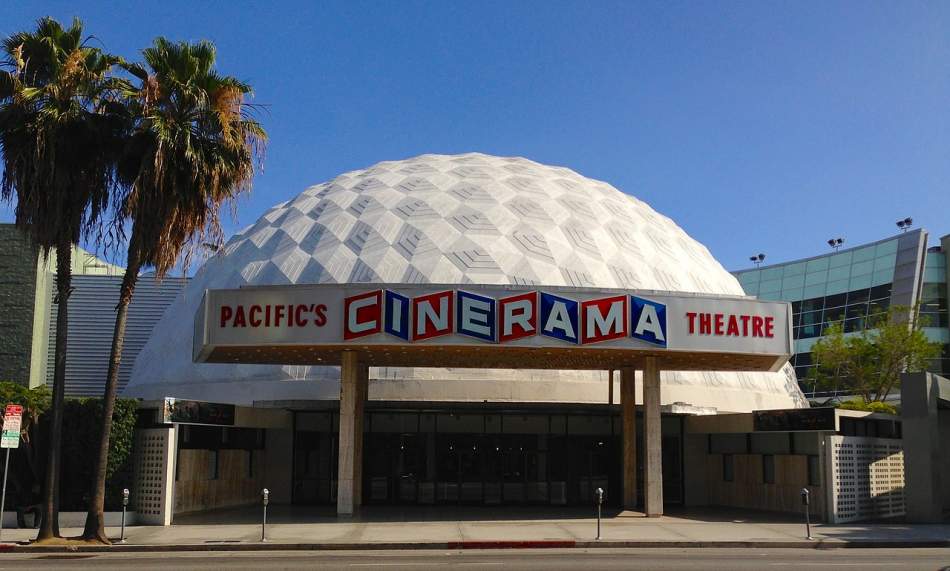 The Cineramadome viewed from Sunset BoulevardWikimedia Commons
The Cineramadome viewed from Sunset BoulevardWikimedia Commons
Five virtual monuments are now viewable at LACMA, MacArthur Park, and across L.A. "The virtual installations were specifically designed to be viewed on Snapchat at five different sites: the LACMA campus in L.A.’s Miracle Mile neighborhood, MacArthur Park in Central L.A.’s Westlake district, the newly revamped Magic Johnson Park in Willowbrook, and the historic Los Angeles Memorial Coliseum in South L.A.’s Exposition Park. However, the monuments can also be viewed by anyone regardless of their geographic locale by visiting this page on their mobile devices." (The Architect's Newspaper)
No, We Shouldn’t 3-D Print the Suburbs "It’s possible that 3-D printing could revolutionize the speed at which potential housing units are created...But there are better ways to add housing at scale, and do it more sustainably at the same time." (Curbed)
Despite appearances, 12% fewer homeless people were on Hollywood streets this year "Most of the difference was attributed to the reduction in people living completely exposed — lying on sidewalks and sleeping in doorways — who make up about a quarter of the population. That group was down 30% — from 578 last year to 401 this year." (LA Times)
Eyes on the Street: New Bike Lanes on 7th Street in Koreatown "Despite being very population-dense and transit-rich, L.A.’s Koreatown has very few bikeways. Prior to this week, the only bike lanes in Koreatown were a short stretch of First Street, three blocks of Oxford Avenue, and the portion of 7th east of RFK. The neighborhood also has some sharrow-ed bike routes, notably the heavily-bicycled 4th Street. This situation could be changing as the pro-bike pro-walk Wilshire Center Koreatown Neighborhood Council pushes for safer walking and biking, including pedestrianizing a portion of 6th Street." (Streetsblog LA)
Tiny houses and shipping containers may help homeless people in L.A. Are they humane? "But my burning question has been: What exactly are these spaces like to live in? Is a tiny house really a glorified toolshed? Does living in a shipping container feel like ... living in a shipping container? And are we asking the unhoused to serve as guinea pigs in design experiments that look great as renderings on architecture websites, but are perfectly dreadful once you set foot in the door? With those questions in mind, I went to visit these sites — all of them. My initial takeaway: I’m impressed." (LA Times)
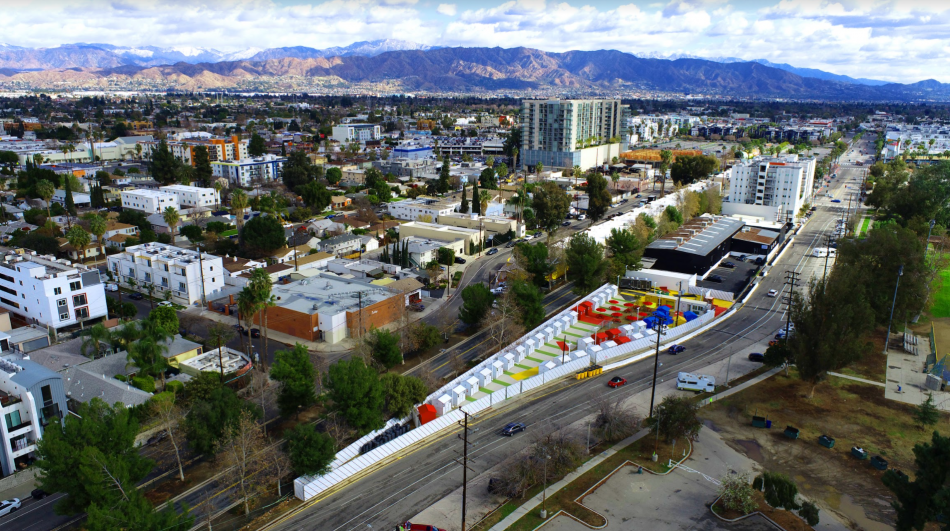 Aerial view of the tiny home village on Chandler Boulevard looking eastLehrer Architects
Aerial view of the tiny home village on Chandler Boulevard looking eastLehrer Architects
It’s Time For Racial Reckoning Through our Reinvestment of Public Funds City Councilmembers Marqueece Harris-Dawson, Mark Ridley-Thomas, and Curren Price make the case for investing funds from the $1.9-trillion American Rescue Plan in South Los Angeles, where the largest concentration of African Americans live (LA Sentinel)
The Pandemic Hit Little Tokyo Hard. We Lost These Businesses. Others Are Still Struggling. "A year ago, Little Tokyo restaurateur Kenji Suzuki was nervous about a pandemic with too many unknowns. Adding to his anxiety: he's in partial remission from leukemia, meaning the cancer is still there, just less of it. So he had to run his landmark Suehiro Cafe from the relative safety of home, all the while watching boisterous four-year-old twin daughters. But ever the optimist, the owner of the 1st Street mainstay embraced the heady task of keeping the business afloat. He pared down the nearly 200-item menu. Applied for PPP. Got help freshening up social media accounts to tout online ordering, available for the first time ever. Offered free delivery on orders over $25. Heck, those customers even got a free roll of toilet paper — to the horror of his wife." (LAist)




